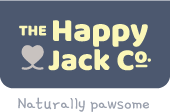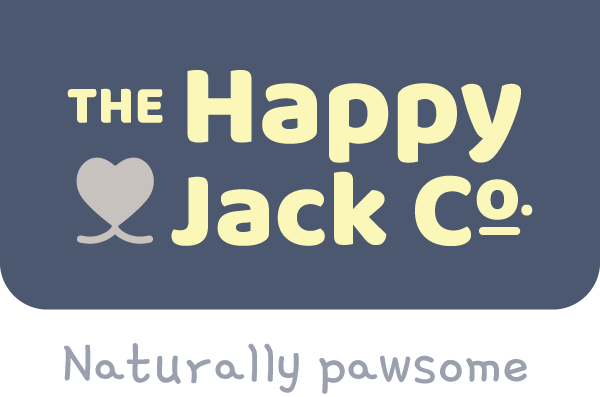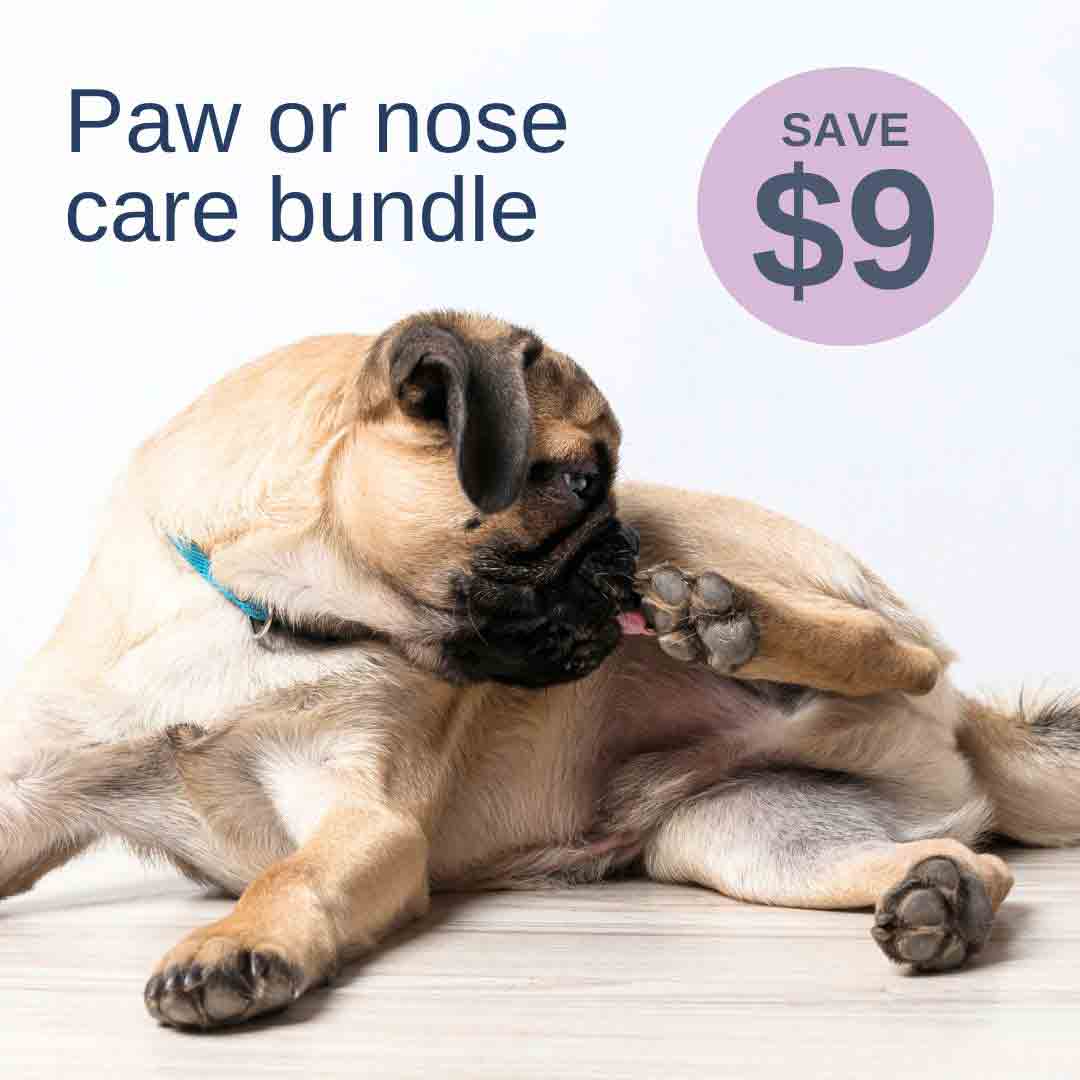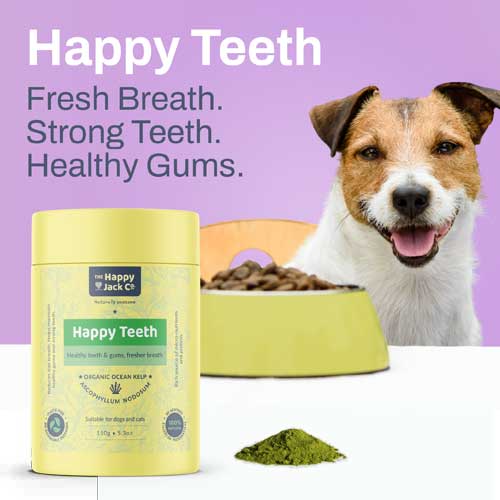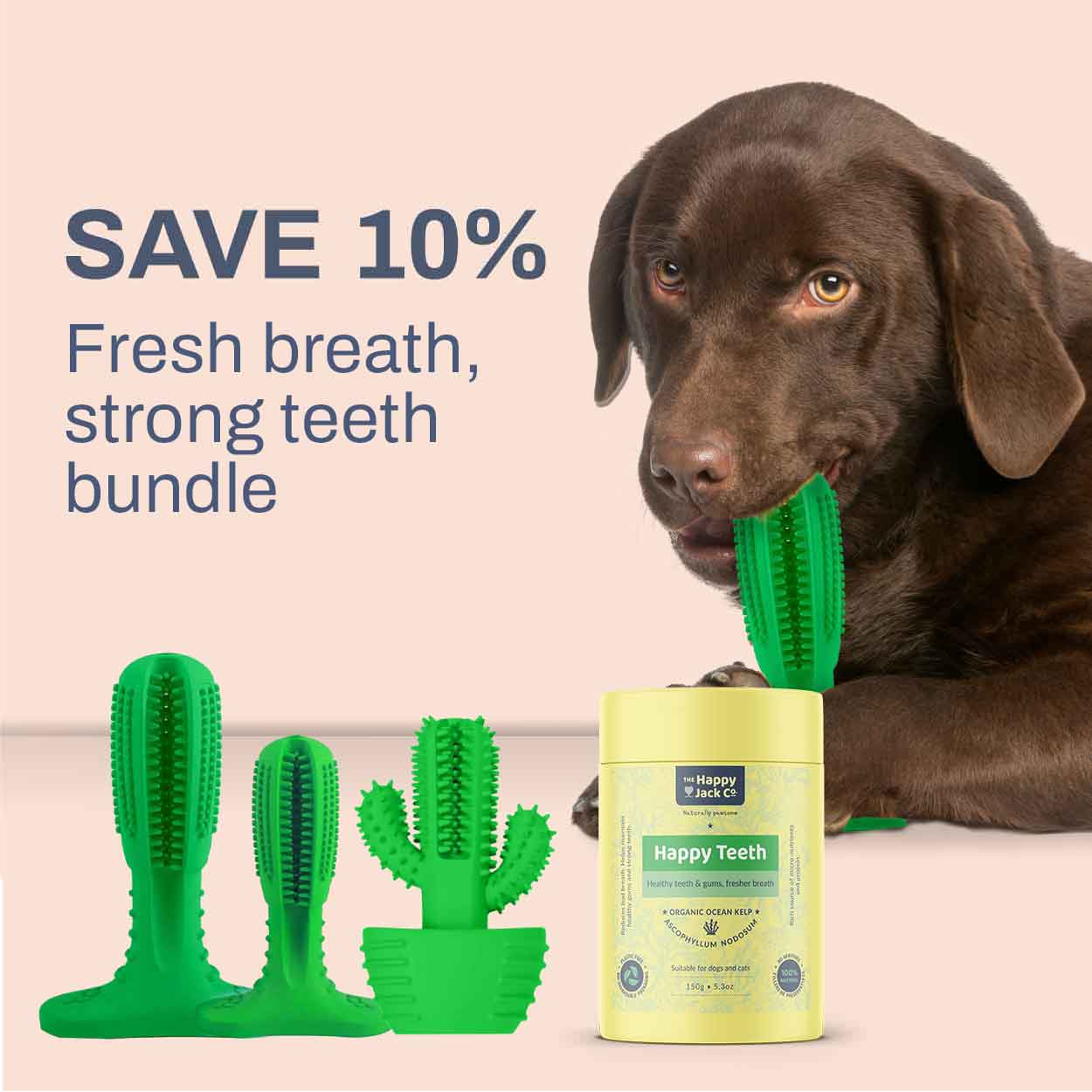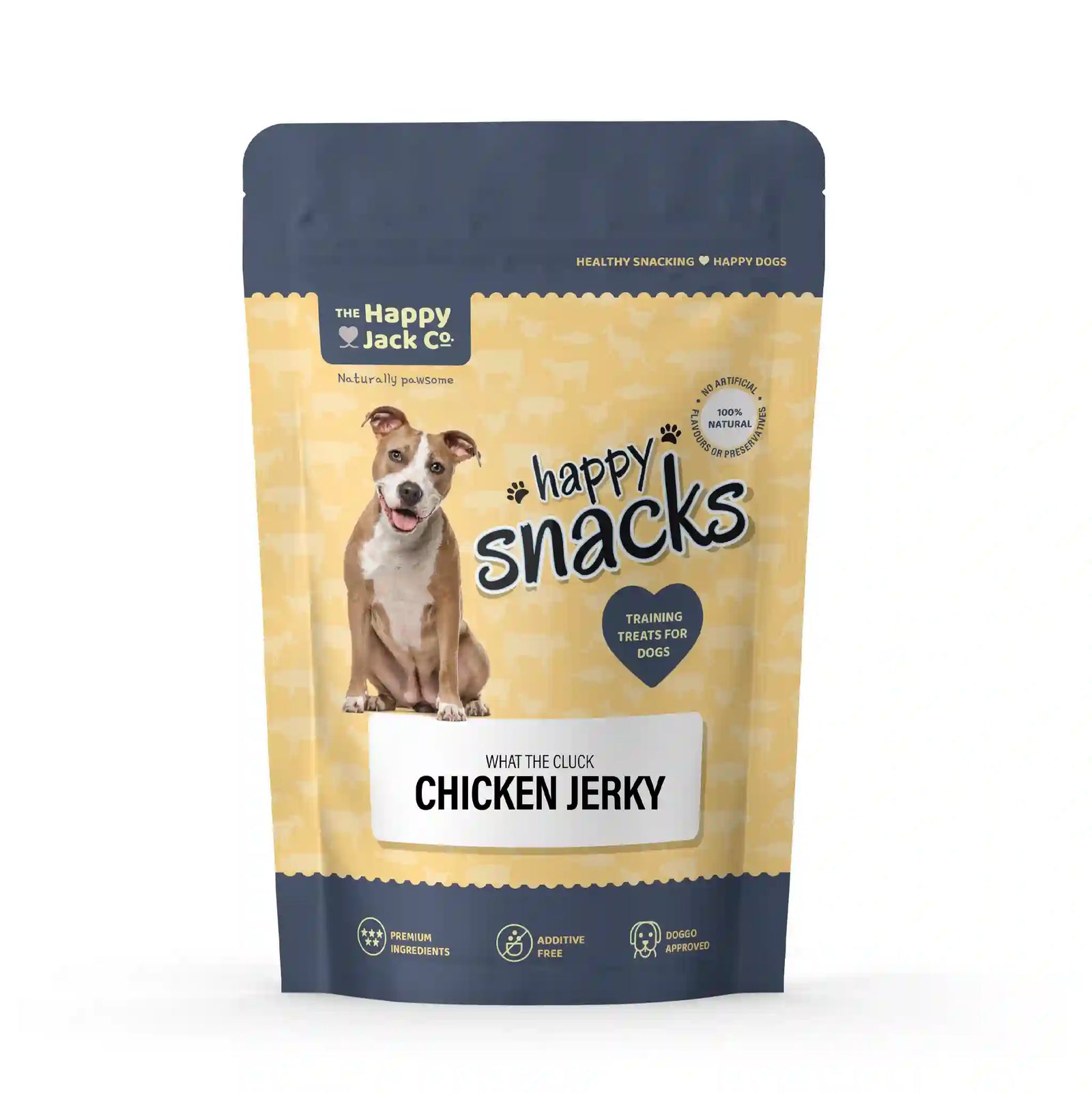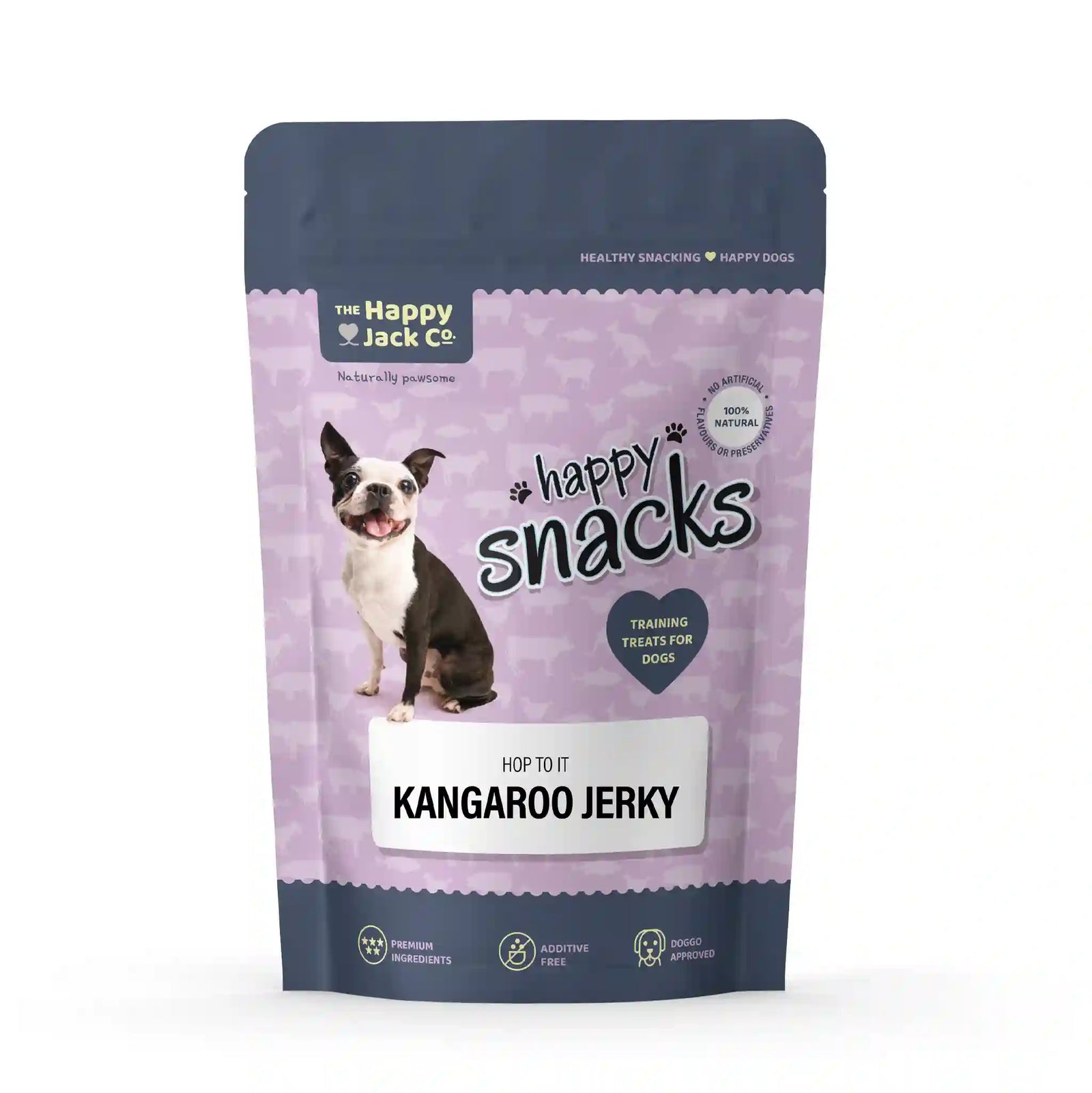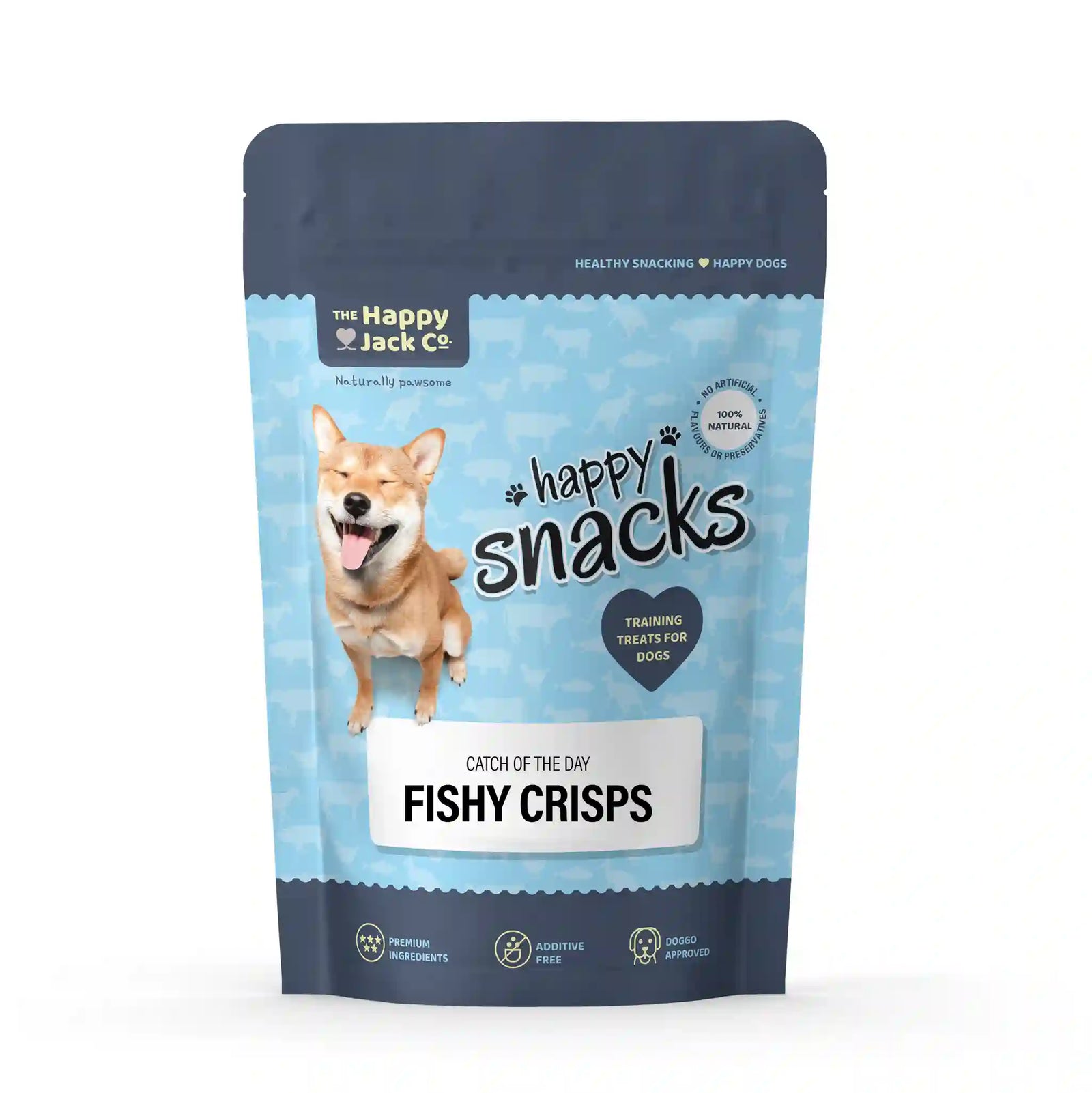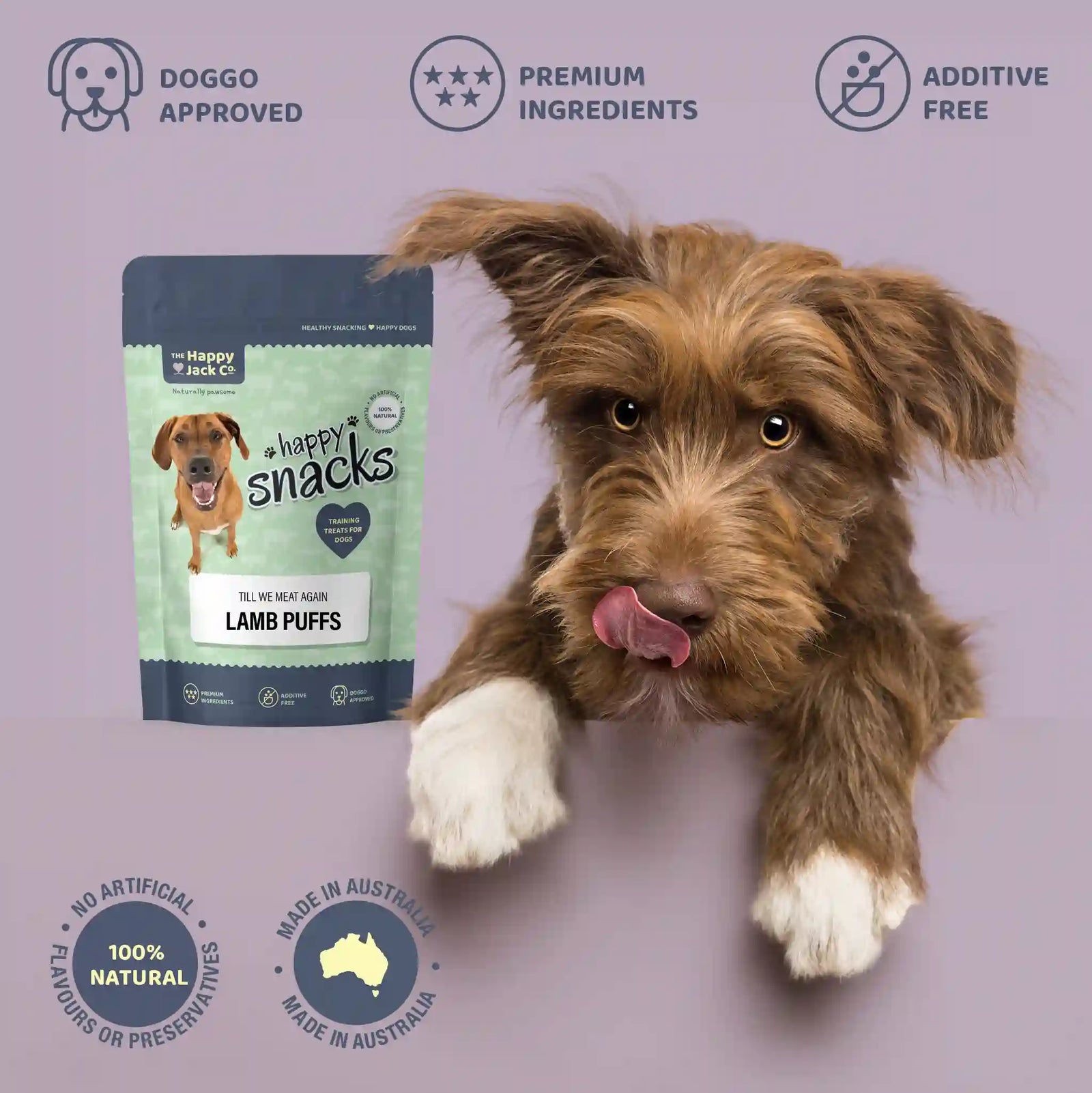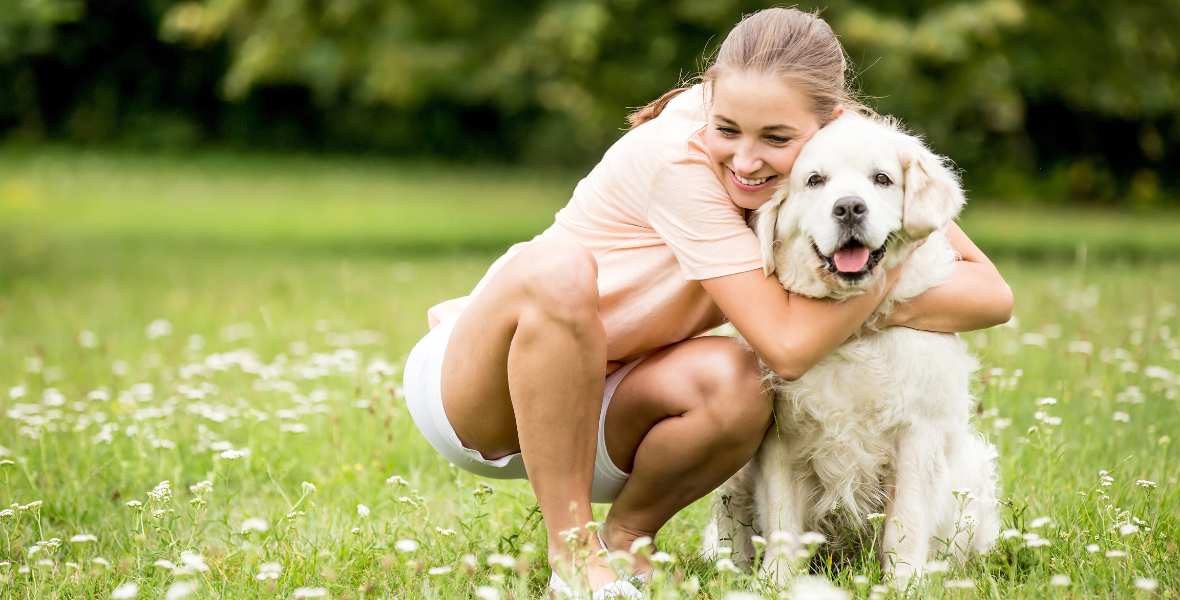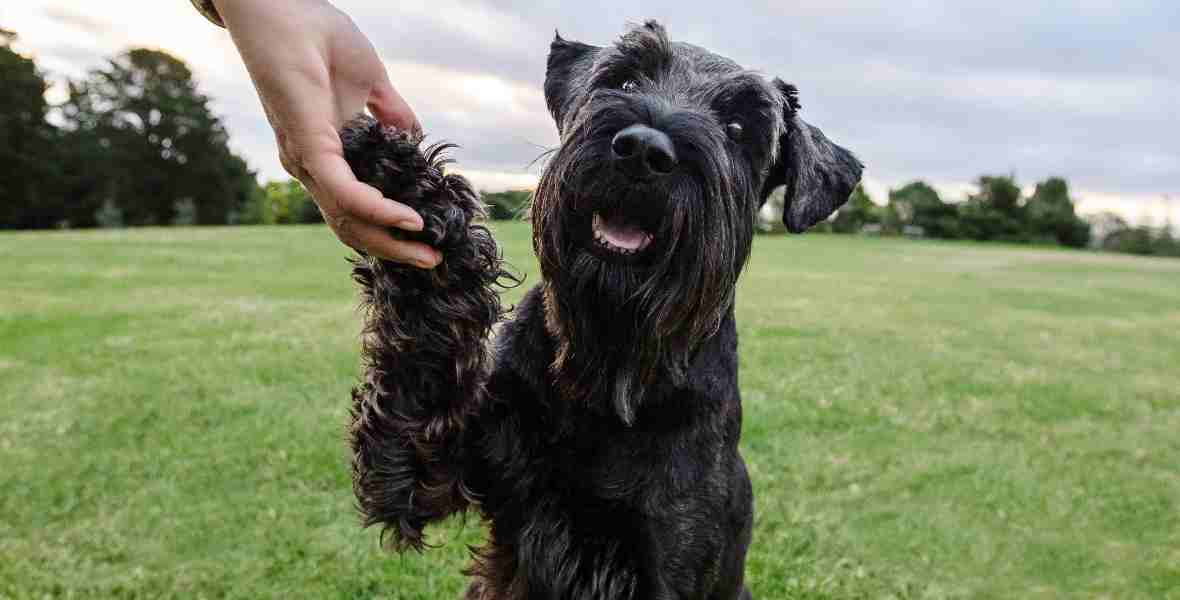
You can teach an old dog, new tricks!
It’s never too late to start teaching your dog something new and introducing them to trick training. Trick training is an awesome, fun and bonding activity that the two of you can do together, even new puppies can get involved in learning something fun.
Trick training should be viewed as separate from obedience training and should be treated differently. It’s as simple as: Obedience is mandatory, but tricks are not!
Additionally, our expected outcome is not the same. We want our obedience to work for us in high-end situations (eventually) so practice can be fun but should be viewed seriously, whilst tricks are all about the fun!
In this short trick training for dogs’ article, we will cover:
- Before you begin: what you will need for success
-
Getting started: cues and rewards for your dog
-
What trick should you teach: make it easy for you and your dog to succeed
-
Have fun: trick training is for both of you to enjoy
So, let's have a look at teaching them something that’s all about fun and bonding!
Before you begin teaching your dog a trick
Before you get started, you’ll need to get a few things, but most of them should be things that you already have.
Firstly, you’ll need some dog training rewards.
Cut any treats into tiny pieces. Have a good supply cut up and put into a container, your treat bag or a waist pouch if you have one. You want the treats to be super quick and easy to grab and for your pup to consume, not taking them a long time to chew each piece.
Here are some great dog training reward options:
- Happy Snacks they’re super easy to break up by hand and dogs love them
- A cheese cube or piece of cooked hotdog could be cut into quarters, or even eighths, depending on the size of your dog – remember keep it tiny!
- If your dog is on a strict diet, you could even use a part of his daily food allotment as their reward
- For some dogs who are not highly food motivated you could substitute a ball or high-value toy as their main reward
You’ll also need either a clicker or a marker word. I simply use the word “YES” in a big happy tone, so this is easy to do if you don’t have a clicker and you don’t want to rush out and buy one. If you have a clicker or want to get one you would use the click instead of the marker word.
Getting started on your dog’s new trick
Initially, before we start our first trick, we want to condition our dog or puppy to what the click or ‘yes’ is all about. We want to teach them to expect a reward every time they hear that noise or word. We want them to get excited about hearing it, and to really want to participate in the trick.
If you are using a clicker, click the clicker and immediately give your dog or puppy a treat, for no reason at all, and do this ten or more times. This is called loading the clicker and essentially it means you are simply teaching them that the click noise is awesome because they are going to receive a reward.
You want them to want the click – to look for the click and anticipate the reward and begin to offer behaviours that elicit the click.
If you are not using a clicker, choose a positive marker word – I use YES in a big happy tone. As above, do the same, simply say yes and give a treat, repeating this ten-plus times so they get the idea that the word yes is awesome.
If you’re using a squeaky toy or ball instead of food, it would be easy to just click and throw the toy, or say yes and throw it, to begin the conditioning process.

What trick should we teach our dog?
We really want to start out by playing to our dog's strengths or natural tendencies and leave tricks that might not come naturally to them until a lot later in the training process. Here’s an easy way to start to get some idea of what the best trick might be, to begin with.
I’d take a treat in my closed fist, making sure they cannot get at it, and hold it in front of them, between the two of you is easiest. If your dog is small you might like to get down on the floor with them. Now, wait and just see what they do to try to get at it. You don’t want to start trying to entice them, just wait and see what they experiment with. Some will begin to experiment quickly, some will take time, so be patient. Most dogs will start by just trying to lick the treat out of your hand but you’re going to keep your fist closed and not let them get at it. You want them to get a little frustrated, so they try other things.
What sort of things should we be looking for?
Well, if your dog were to raise their paw to try to scratch at your hand, quickly mark ‘yes’ or click and give them the treat, and we’re on our way to teaching them ‘shake’ or ‘high five’!
If your dog were to bark at you to try to get you to give the treat you might quickly mark ‘yes’ or click and give them the treat, and we’re on our way to teaching them ‘speak’.
If they were to stand up on their hind legs to try to get closer to it, mark ‘yes’, click, and treat them, and we’re on our way to teaching them ‘beg’ or ‘dance’ depending on how they stood up.
Timing:
Timing is super important to understand in trick training. Whatever your dog or puppy is doing at the exact moment of your click/yes, is what you are rewarding them for, even if it takes you several moments to fumble for a treat and deliver it to them. So, try to make sure that your yes/click is timed EXACTLY at the moment of what you want to reward them for. This can be tricky as we are sometimes slow to recognise what we want, or they offer something unexpectedly, plus a lot of us are not experienced at trick training and may be slow as we are also still learning. Do the best you can to time your click/yes as precisely as you can so that you are minimising confusion, as your dog is using your click/yes to try to guess what it is that you want them to do. Then remember it doesn’t matter if there is a time lag in you handing over their reward.
Naming your dog trick:
As your doggo begins learning a trick or offering you behaviours, do NOT introduce the word that you want the trick to be called until they are confident in doing the action. Saying the word multiple times without receiving what you want from them only teaches them that that word doesn’t mean anything, it’s just a sound they hear repeatedly without any response required. This is called learned irrelevance. For example, saying sit dozens of times without any response required or calling their name many times and they don’t come.
So instead, simply click/yes and reward your dog for the desired action until they are performing the action reliably, and once you are seeing they understand that a certain action gets them a click/yes and a reward, then say the word every time they begin to do the action for you.
Finally, once that is reliable, you’ll be able to begin to say the word and stimulate them to do that action for you when you ask.
It’s important to have fun with your dog
Trick training is supposed to be fun. If you are getting frustrated, you shouldn’t be doing it. Stop and come back to it later.
Leave them wanting more. As your dog gets to understand a trick training session is in progress, always stop before they get bored, and leave them really wanting more so they don’t feel like you drilled them. For young pups or those dogs who are inattentive, this might be only a couple of goes, but you can come back to it often if you like.
Allow them to experiment but don’t allow bad behaviour. For example, if your puppy is going through a biting/nipping stage, experimenting with biting your hand would be something you don’t want to let slide – change from training the trick to shaping general good behaviour – but all kinds of other non-harmful behaviours might be allowed as you work out what kind of trick you are teaching and puppy figures out what kind of trick to offer to get the treat they want.
Ok, now get out there and get started! And have some fun together!

About the author
Hi, my name is Keryn and I’m a certified Dog Trainer. I’ve been working with dogs and their owners since 2003. For obedience training I use a reward-based training method, without food reliance, and I specialise in in-home, personalised behaviour shaping. Treats are awesome for learning tricks, and I recommend everyone have a go at bonding with their dogs through training, but also not to be reliant upon the food rewards . If you’d love to know more about obedience dog training, you can find out more below.
- My website for A New Leash on Life Dog Training: www.anewleashonlife.com.au
- Follow me on Facebook or join my free group for dog training tips
- Book a free Quick Chat
